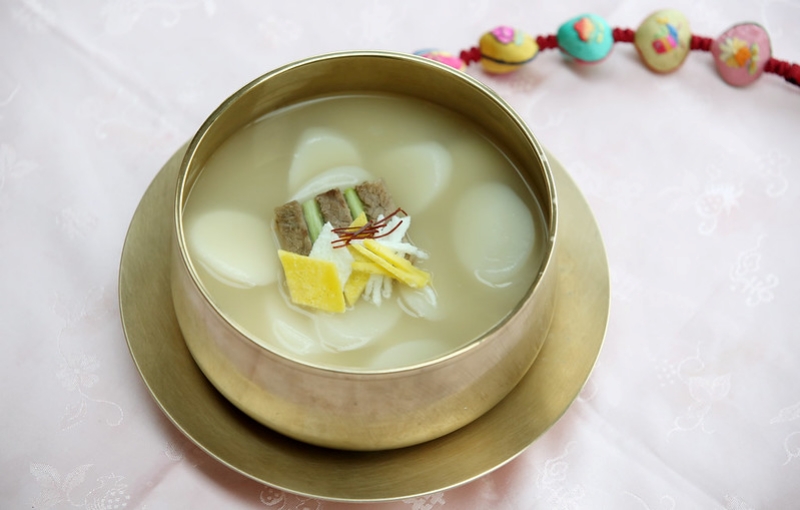
문화재청은 ‘설과 대보름’, ‘한식’, ‘단오’, ‘추석’, ‘동지’ 등 한국의 5개 대표 명절을 국가무형문화재로 지정한다고 18일 밝혔다. 명절이 국가무형문화재로 지정된 건 이번이 처음이다.
The Cultural Heritage Administration (CHA) on Dec. 18 in a first for the country announced the designation of five traditional holidays as National Intangible Cultural Heritage.
이번에 선정된 5개 명절은 음력 정월 초하루에서 보름까지로 한 해의 시작을 기념하는 ‘설과 대보름’, 동지 후 105일째 되는 날이자 성묘, 벌초, 제사 등의 조상 추모 의례를 중심으로 전해 내려온 ‘한식’, 음력 5월 5일로 다양한 놀이와 풍속이 전승되어온 ‘단오’, 음력 팔월 보름인 날로 강강술래부터 송편까지 다양한 세시풍속을 보유한 ‘추석’, 24절기의 22번째 절기로 1년 가운데 밤이 가장 길고 낮이 가장 짧은 ‘동지’ 등이다.
The five are Seollal (Lunar New Year) and Daeboreum, the day of the year’s first full moon under the lunar calendar; Hansik, the 105th day after the winter solstice and an occasion to eat cold food; Dano, the fifth day of the fifth month of the year under the lunar calendar; Chuseok (Korean Thanksgiving) which falls on Aug. 15 under the lunar calendar; and Dongji, the winter solstice.
Seollal and Daeboreum commemorate the beginning of the lunar year from New Year’s Day until the first full moon; Hansik features memorial rituals for ancestors such as visiting their graves, trimming weeds around the sites, and holding memorial services; Dano has people playing traditional games and observing customs; Chuseok is the day of a full moon on the eighth month of the lunar calendar that marks seasonal customs such as performing ganggangsullae (circle dance) and eating songpyeon (half-moon shaped rice cake); and Dongji is the 22nd of the nation’s 24 solar terms featuring the longest night and shortest day of the year.
문화재청은 “삼국시대에 성립하고 고려시대에 제도화된 명절 문화는 의식주, 의례, 예술, 문화상징뿐만 아니라 전 세계 명절 문화와의 비교 등 다양한 학술연구 주제로 확대될 가능성이 있다”며 “달 제사를 지내는 중국, 일본과 달리 조상 숭배 의례가 이루어지는 ‘추석’, 팥죽을 나눠먹으며 액운을 막고 가족 공동체의 화합을 도모하는 ‘동지’ 등과 같이 한국 명절만의 고유성과 대표성을 확인할 수 있다는 점을 고려할 때 국가무형유산으로 지정할 가치가 충분하다”고 평가했다.
“Our holiday culture, which was established during the Three Kingdoms period and institutionalized during the Goryeo Dynasty, has the potential for expanding into academic research topics like food, clothing, shelter, rituals, art, and cultural symbols as well as comparing holiday cultures around the world,” CHA said.
“Unlike its counterparts in China and Japan that use lunar ancestral rituals, Chuseok is a time for ancestor worship and Dongji is for preventing bad luck by sharing red bean porridge and promoting harmony in a family-like community. Given that we can confirm this uniqueness and representativeness of our holidays, we deemed the five worthy of designation as National Intangible Cultural Heritage.”
이어 “개인화가 가속화되는 오늘날 가족과 지역공동체의 가치를 회복하고, 명절의 가치를 널리 확산하는 데 기여할 것으로 기대된다”고 밝혔다. It added, “In today’s world where individualism is accelerating, we expect this to contribute to the recovery of family and regional community values and the spread of holiday values.”
유연경 기자 dusrud21@korea.kr
By Yoo Yeon Gyeong, dusrud21@korea.kr
